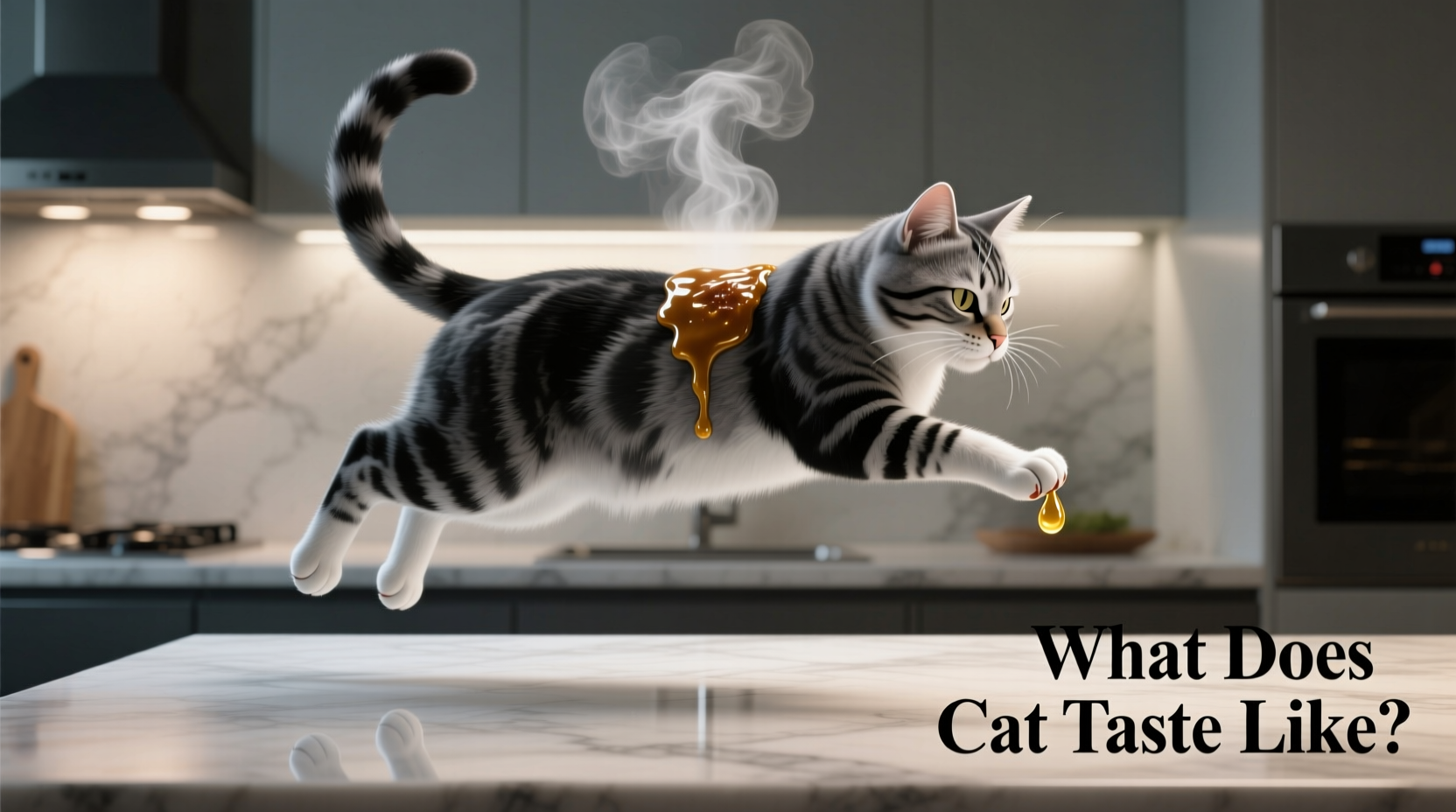When curious minds search what does cat taste like, they're often seeking more than just sensory information. This question touches on complex intersections of cultural practices, legal boundaries, and ethical considerations regarding our relationship with animals. Understanding these dimensions provides far more valuable insight than any description of flavor could offer.
Why This Question Requires Careful Context
The straightforward answer to what does cat taste like isn't appropriate to provide because cats are universally recognized as companion animals in most societies. Unlike traditional food animals raised specifically for consumption, cats serve as valued members of households worldwide. The American Veterinary Medical Association (AVMA) emphasizes that "companion animals provide significant benefits to human health and well-being, creating unique emotional bonds that transcend utilitarian purposes."
| Animal Category | Legal Status as Food Source | Common Cultural Perception | Health Regulations |
|---|---|---|---|
| Cats | Illegal in most Western nations | Companion animals | No food safety inspections |
| Chickens | Legal with regulations | Food animals | USDA-inspected facilities |
| Cows | Legal with regulations | Food animals | USDA-inspected facilities |
Cultural Context and Historical Practices
While historical records show occasional consumption of cats in specific contexts during extreme food shortages, these represent survival scenarios rather than culinary traditions. The Food and Agriculture Organization (FAO) of the United Nations explicitly states that cats lack the biological and husbandry characteristics of legitimate food animals. Unlike species bred for consumption over millennia, cats haven't undergone domestication processes for food production.
Some historical accounts mention cat consumption during famines, such as the siege of Paris in 1870-1871 when traditional food sources became scarce. However, these represent exceptional circumstances rather than established culinary practices. Modern food historians emphasize that documenting these historical anomalies shouldn't be misconstrued as endorsement of the practice.

Legal Protections for Companion Animals
In the United States, the Animal Welfare Act provides baseline protections for animals, while individual states have strengthened these with specific companion animal safeguards. Over 40 U.S. states have laws explicitly prohibiting the slaughter of cats for human consumption. The 2018 Farm Bill further reinforced protections by classifying cats as companion animals rather than agricultural commodities.
Internationally, the situation varies. While some countries have historical records of cat consumption, most have moved toward legal protections. The European Union's Animal Welfare Strategy explicitly recognizes companion animals as deserving of protection from unnecessary suffering, including slaughter for food purposes.
Health and Safety Considerations
From a food safety perspective, cats present significant health risks when considered as potential food sources. The Centers for Disease Control and Prevention (CDC) warns that "non-traditional meat sources often carry pathogens not commonly found in regulated food animals." Cats can harbor parasites like Toxoplasma gondii and bacteria that aren't eliminated through standard cooking processes.
Nutritionally, cats lack the fat composition and muscle structure that make traditional food animals suitable for human consumption. Veterinary nutrition experts note that cats' carnivorous diet results in meat with inappropriate nutrient balances for human dietary needs. Unlike food animals raised under controlled conditions, cats aren't subject to the rigorous food safety inspections required for legitimate meat production.
Understanding Animal-Human Relationships
The question what does cat taste like often stems from curiosity about unusual foods or cultural practices. However, reframing this curiosity toward understanding why certain animals become companions while others become food sources provides more meaningful insight. Anthropological research shows that companion animal status typically develops through long-term cohabitation and mutual benefit, creating social bonds that transcend utilitarian purposes.
When exploring cultural food practices, it's essential to distinguish between historical survival strategies and established culinary traditions. Legitimate food cultures develop around animals specifically domesticated for consumption, with generations of knowledge about safe preparation methods. Cats haven't undergone this domestication process for food purposes in any major culinary tradition.
Resources for Responsible Pet Ownership
If you're concerned about proper nutrition for your feline companion, numerous reputable resources exist. The American Association of Feline Practitioners provides evidence-based nutrition guidelines, while organizations like the Humane Society offer support for pet owners facing food insecurity. Understanding proper cat nutrition—rather than speculative questions about cat meat—supports responsible pet ownership and animal welfare.
For those interested in exploring cultural food practices ethically, consider researching traditional cuisines that have developed around appropriate food animals. Many culinary historians offer fascinating insights into how legitimate food cultures developed sustainable relationships with their food sources over centuries.











 浙公网安备
33010002000092号
浙公网安备
33010002000092号 浙B2-20120091-4
浙B2-20120091-4